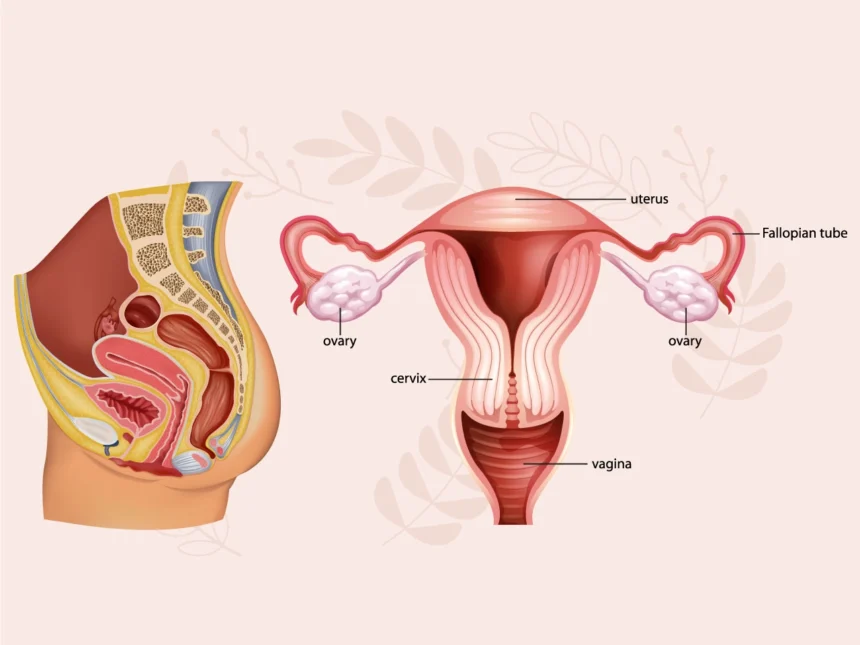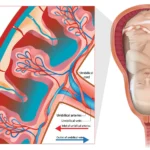A woman’s body is designed for childbirth. The reproductive system is where everything emanates. It is comprised of different parts such as the uterus, ovaries, fallopian tubes and vagina among others. These parts make up what we call as the female reproductive organs.
The female reproductive organs work together to make her pregnant, menstruate and carry a baby. It is even more complex than that of the male’s reproductive system. Nevertheless, it is important that we know its structure because there is more to the female reproductive organs than meet the eye.
The ovaries are pear-shaped organs responsible for producing the eggs. They are situated on the pelvic part of the abdomen and at either side of the uterus. These female reproductive organs produce ova and estrogen. As such, they are also part of the endocrine glands.
The fallopian tubes are important female reproductive organs because they function to receive the eggs from the ovary. They contain feathery structures responsible in “sweeping” the egg towards the uterus. When an egg is unfertilized, it degenerates in the middle portion of the fallopian tubes called the ampulla while the fertilized egg travels all the way to the uterus.

One of the most significant parts of the female reproductive organs is the uterus. It has three different parts namely, the fundus which is found in the upper portion and the body which is in the middle part and ends at the cervix. Another part is called the isthmus which is the constricted part between the body and the cervix. The uterus is a hollow muscular organ situated behind the urinary bladder and fronting the rectum.
Among the female reproductive organs, the uterus is filled with muscles allowing it to accommodate a fetus and to contract during labor.
The vagina is also a muscular organ that forms part of the female reproductive system. It functions to receive the sperm from the male during sexual intercourse. It also serves in channeling menstrual flow out of the body. Along with the uterus, the vagina is a female reproductive organ that is capable of childbirth. The vagina can expand to accommodate an enlarged penis and a fetus.
The external female reproductive organs are composed of the mons pubis, labia majora, labia minora, and the clitoris. The mons pubis is mounds of fatty tissue. During puberty, it is covered with pubic hairs.
The labia majora and labia minora are skin folds that form the outer vulva and surround the urethral and vaginal openings respectively.
The most sensitive of all the female reproductive organs is the clitoris. It is the center of a woman’s sexual sensation. It has more than eight hundred nerves making it the most sensitive. It is the female counterpart of the penis.
One of the functions of the reproductive system is to nourish through the mammary glands. These are found in the breasts. During pregnancy, the presence of high estrogen and progesterone gives it the capacity to lactate. Further, the presence of these hormones stimulates the breasts making them enlarged.









